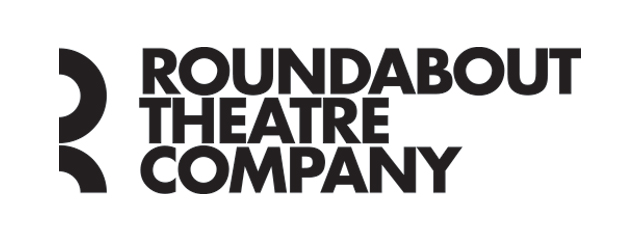THE WINSLOW BOY: It's About Your Rights
"The drama of injustice and of a little man's dedication to setting things right seemed to have more pathos and validity just because it involved an inconsequential individual," Terence Rattigan said, referring to George Archer-Shee, inspiration for the title character of The Winslow Boy.
Archer-Shee was only thirteen and just a naval cadet when his family's epic battle to clear his name began. He was an "inconsequential individual" whose fight for justice against a powerful establishment galvanized the public.
In American history, cases like this have often pitted individual rights against "the public good," as it's interpreted by those in power at the time. "Let Right Be Done"-the battle cry of The Winslow Boy-resonates across time and cultures.
Take the precedent-setting case of Fred Korematsu, an American of Japanese ancestry who violated Civilian Exclusion Order 34, which banned all Japanese and Japanese-Americans from living on the West Coast, a "Military Area," after May 9, 1942. Korematsu, who was born in the United States, refused to leave his California home and was convicted. He appealed, and his case reached the Supreme Court in 1944.
Korematsu lost his case. Justice Hugo Black spoke for the majority, saying, "all legal restrictions which curtail the civil rights of a single racial group are immediately suspect" but that "pressing public necessity may sometimes justify the existence of such restrictions." Korematsu's rights were outweighed by a need for security in a time of war.
Our city grapples with public cases that pit the rights of individuals against questionable interpretations of "the public good" every day. But who determines the public good, and what happens when "inconsequential individuals" disagree?
In 2003, New York City Mayor Michael Bloomberg, New York Governor George Pataki, and developer Bruce Ratner announced plans to build the Atlantic Yards complex, including the new Barclays Center, in downtown Brooklyn. In order to do this, the state Economic Development Corporation had to declare part of the proposed site blighted and take it through eminent domain. Did the public benefits of the project justify government seizure of private property? Was a sports stadium a public use of the land?
Daniel Goldstein, a homeowner in the footprint of the site, felt that the state was misusing the power of eminent domain to benefit developers. He refused to leave his home and helped foundDevelop Don't Destroy Brooklyn, a community coalition opposed to the Atlantic Yards. In 2010, after years of legal wrangling, he lost his fight to keep his home. He was awarded $3 million in compensation. Read his post-settlement commentary.
New York City's stop-and-frisk policy is a hot topic in this year's mayoral race. This ad, featuring front-runner Bill de Blasio's son Dante, has been hailed as a "game changer" in the Democratic primary.
The Supreme Court first ruled on this police practice in the 1968 case John W. Terry v. State of Ohio, which held that a cop could search a person without a warrant or without probable cause if the officer had a reasonable belief that the person was armed or dangerous.
By the late 1990s, New York City police were recording over 100,000 such "Terry stops" or stop-and-frisks per year (the actual number of stops was likely much higher). The searches targeted minorities at a rate disproportionate to their share of the general population. By 2011, over 600,000 New Yorkers were being stopped each year.
Was every person stopped because there was a reasonable belief that they may commit a crime? Are the stops a violation of an individual's 4th Amendment right to be free from unreasonable search and seizure, or are they a necessary police technique to protect the public?
In 2008 a class action, Floyd et al v. City of New York, was initiated and challenged the legality of stop-and-frisk as practiced by the NYPD. After a two-month, non-jury trial, Judge Shira Scheindlin issued her ruling, which found the NYPD's stop-and-frisks unconstitutional and ordered a host of new oversight measures for the program. Her 198-page ruling can be summed up in four words: Let Right Be Done.
The individuals change, from a thirteen-year-old British boy to a fifty-year-old African-American New Yorker, but the struggle of an "inconsequential individual" demanding justice, demanding their rights-remains the same.
Leah Reddy is an actor, photographer, writer and Teaching Artist at Roundabout Theatre Company.
The Winslow Boy plays at the American Airlines Theatre through December 1. For more information and tickets, please visit our website.Click here to visit the Roundabout blog.
Videos


